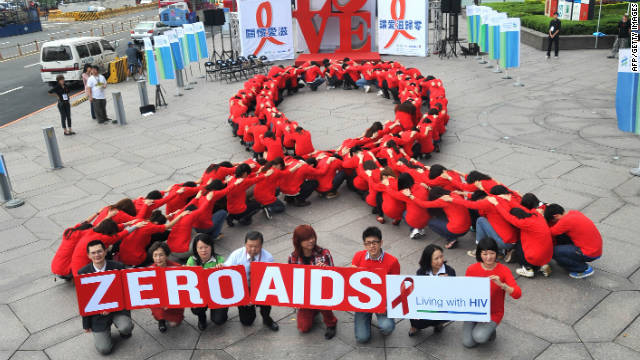Philippines Tops Asia-Pacific Countries with New HIV Infections


Human chains form a configuration of AiDS symbols.
Manila, Philippines – The Philippines topped other countries in Asia and the Pacific in the number of new HIV infections from 2010 to 2016, Philstar reported, citing the UNAIDS Data 2017.
The report said the Philippines posted the highest increase in HIV infection in the region at 150 percent.
It was followed by Sri Lanka, Afghanistan, Pakistan, Papua New Guinea, Bangladesh and Australia.
In 2005, the country documented less than 1,000 cases and the figure climbed to 4,300 in 2010 and 10,000 in 2016, the data said.
The UNAIDS also assessed the countries based on their accomplishments to achieve the 90-90-90 target, an ambitious treatment target to help end the AIDS epidemic by 2020.
The agency wants that by 2020, 90 percent of all people with HIV will know their status, 90 percent of those diagnosed with HIV will receive sustained antiretroviral therapy and 90 percent of HIV patients receiving antiretroviral therapy will have viral suppression.
It said the Philippines is still far from achieving the 90-90 goal as only 67 percent of those with HIV know their status and 48 percent of those tested positive of the virus receive a sustained antiretroviral therapy.
The UNAIDS noted the country is close to achieving the target that 90 percent of patients receiving the therapy will have viral suppression. It said the Philippines is one percent short from achieving this particular target at 89 percent.
It said the new HIV infections are declining globally “but are far from the pace needed to reach the 2020 target.”
“The pace of decline in new HIV infections is far too slow to achieve the fast-track target agreed upon during the UN General Assembly in 2016, which is fewer than 500,000 new infections per year by 2020,” the UNAIDS said.
It said the steepest declines posted between 2010 and 2016 were achieved in eastern and southern Africa at 29 percent, followed by Asia and the Pacific, 13 percent; western and central Africa, nine; western and central Europe and North America, nine; the Caribbean, five, and the Middle East and North Africa, four percent.
The report showed that globally, there were some 1.8 million new infections in 2016, bringing the total number of cases to 36.7 million. (T/RS5/RS1)
Mi’raj Islamic News Agency (MINA)




